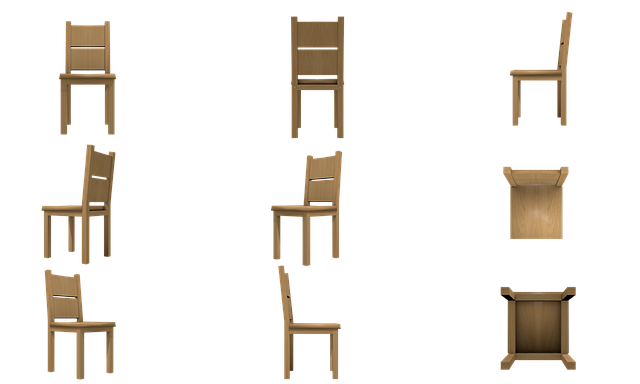Wood Chair Safety

Wood is frequently used to construct a wide array of chairs for use at the home, office, restaurants, hotels and other establishments. These chairs range from simple four-legged, school-style chairs to three-legged bar stools. Wood is an excellent choice for chairs due to its inherent beauty and durability if properly maintained.
I have been an expert witness in legal cases involving failure of wooden chairs and many of which could have been prevented. Chair accidents are often not the result of a single incident but rather the culmination of years of abuse or neglect. Wood and metal both can degrade over time, especially in humid or other adverse conditions. Metal fasteners are subject to corrosion and can fail due to repeated or excessive wear due to a condition known as metal fatigue.
Accidents are due to a problem in at least one of these three areas: (1) improper maintenance, (2) design defect and (3) manufacturing defect. The more of these areas that you can control, the lower your risk of a chair-related accident.
Maintenance
Wood chairs should be routinely inspected to help ensure that the chair will perform as it is intended and in a safe manner. Homeowners should follow these simple guidelines when inspecting their chairs. Inspection will not guarantee you will not have an accident but will certainly reduce the risk.
Does the chair appear stable or does it wobble? Is any of the wood soft or display evidence of insect attack?
Do the joints appear solid? Pieces of wood were either joined with glue or a fastener. In either case, the joint can degrade over time, and the integrity of the joint can be examined visually and by applying different loads to the chair.
Design
Homeowners are typically not responsible for the design of the chair. If a product has a design defect, then all of the products manufactured using this design are flawed and dangerous. A product can have a design defect if a foreseeable risk of harm could have been reduced or otherwise eliminated by using an alternate design and the failure to use such an alternate design resulted in an unsafe condition. A chair may be safe for a large person to gently sit but may fail if the person abruptly sits down. Such a chair may be designed for a static load rather than a dynamic load and if so would have a design defect.
Many chair accidents involve the failure of a critical load-bearing component. This is generally classified as a design failure. Common design defects include improper sizing or bracing of chair legs.
Manufacturing
Again, homeowners are typically not responsible for the manufacturing of a chair. Manufacturing defects occur due to mistakes or other problems during the assembly of the product. So, in this case, some of the products using a given design are safe and others are unsafe. Manufacturing defects can occur if another species or grade of wood is used rather than what was specified in the design. A common manufacturing defect is a “starved” glue joint. This occurs when either too little glue is used or too much pressure is applied to a glue joint and results in an inadequate amount of glue in the joint. The joint is then compromised and subject to failure.
Disclaimer
This article is not intended as a substitute for legal advice for individuals involved in a chair-related accident nor should it be interpreted as legal advice or opinion. This article is based on available information as of the time of its posting and is intended for general information purposes only. All users of chairs are encouraged to read and follow proper safety rules and be familiar with all applicable government regulations and standards before using a chair.
Meet the Author
Dr. Todd Shupe is the President of Wood Science Consulting, LLC. He is a well-recognized expert on wood forensics, wood preservation, wood decay and degradation, and wood species identification. He has a broad background in new product development, quality management, and marketing and sales in both the public and private sectors. For more information please visit DrToddShupe.com.
We welcome your comments below.
Thank you for visiting. We trust that you have enjoyed reading our articles.
Liked this post? Read more below or search for more topics . . .

